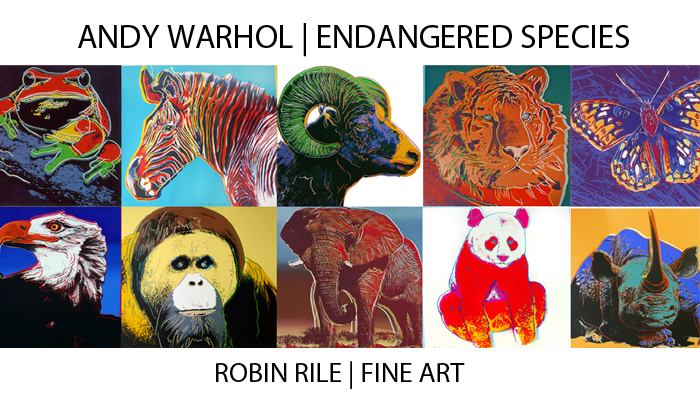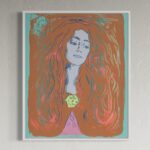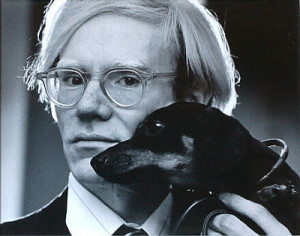
In 1983 Andy Warhol was commissioned to do a series with an environmental and humanitarian intent. Preceding this endeavor was a wave of awareness caused by the enactment of the Endangered Species Act of 1973, which defined endangered species as a humanitarian issue, included a ban on trade involving such animals, and made efforts for the protection of original habitats. Warhol, known as an eccentric lover of animals, was approached by environmental activists and philanthropists Ronald and Frayda Feldman to execute the series with support from their art gallery, Ronald Feldman Fine Art, New York.
Ten paintings, the Endangered Species by Andy Warhol each focusing on a single animal from the endangered species list enacted only ten years before. The series was an incredible success due to Warhol’s ubiquitously popular Pop Art style, and use of particularly fantastic colors. Whether or not the series raised awareness can be drawn into question but Warhol is said to have gifted many of the prints to organizations concerned with conservation. His association with mass production and capitalist culture is undeniable yet by depicting these animals in his signature manner, he equates them with his famed subjects of the past and draws attention to their individual importance and critical condition. Many of those sympathetic to environmental causes were moved by the global selection of Warhol’s animals, and the intent to raise awareness on preserving habitats.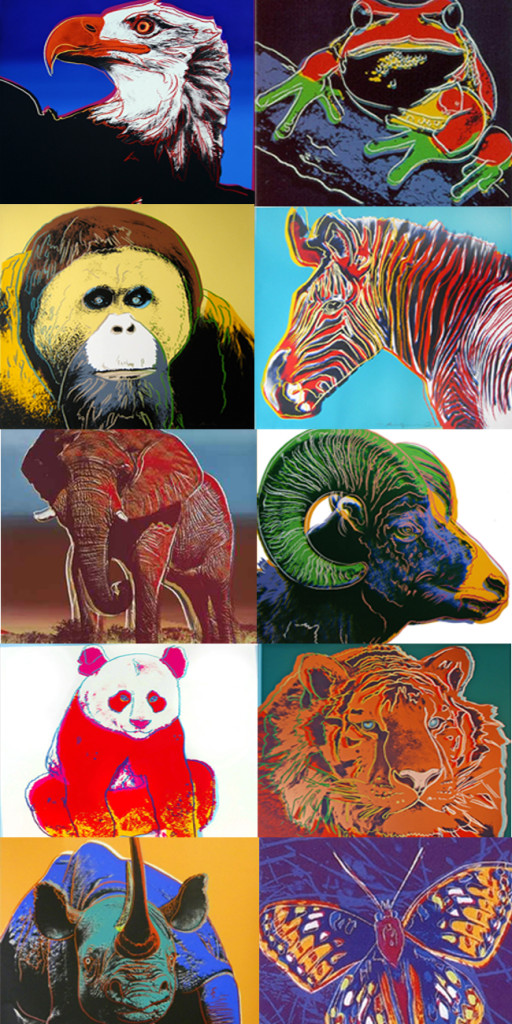
Of the ten Endangered Species by Andy Warhol prints, eight species remain endangered today, after the Bald Eagle and the Pine Barrens tree frog were both removed from the list. The Black Rhinoceros and Sumatran Orangutan exist in a critical state of endangerment while others such as Warhol’s Grevy’s Zebra, Giant Panda, Callippe Silver Spot Butterfly, and Siberian Tiger all remain endangered. The Bighorn Ram and African Elephant have moved to the realm of vulnerability on the list, with somewhat stable populations.
Warhol chose an incredibly varied portfolio of animals for his paintings. From the bald eagle—the National bird of America—to the small and remote population of the Sumatran Orangutan, the international appeal and interesting facts associated with Warhol’s endangered animals garnered the attention of many. The Grevy’s Zebra is the largest member of the horse family with a set of stripes as unique as fingerprints from one zebra to the next. The Siberian tiger is the largest cat in the world and is a solitary recluse, as opposed to the gregarious Bighorn Ram that forms herds of over 100. Black Rhinoceroses are distinguished by their pointed upper lip, and prominent horn that is revered for medicinal uses in the East. A Giant Panda must consume over 20 kg of bamboo a day in order to get adequate nutrients, which can take up to 16 hours. The native North American Callippe Silverspot Butterfly relies more on its beauty than exotic appeal in attracting appreciation. African Elephants can grow to weigh over seven tons, while the Pine Barrens tree frog—although tiny—thrives in acidic aquatic environments.
The significance of this series cannot be understated in the present day when issues of preservation, and the popularity of environmental art, have only grown in importance . The Endangered Species Suite mirrors the work of contemporary artists such as Ai Weiwei, who is outspoken in his advocacy for animal rights. Warhol’s Endangered series also places him with other environmentally concerned artists of his day such as Ansel Adams, who was pivotal in his efforts to raise awareness for wilderness conservation and preservation.
FOR MORE INFORMATION ON BUYING OR SELLING ENDANGERED SPECIES BY ANDY WARHOL, CONTACT :
ROBIN RILE | FINE ART ph.(813)340-9629 email: info@robinrile.com
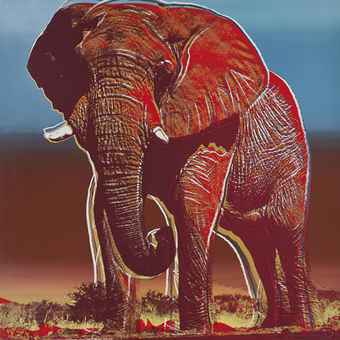

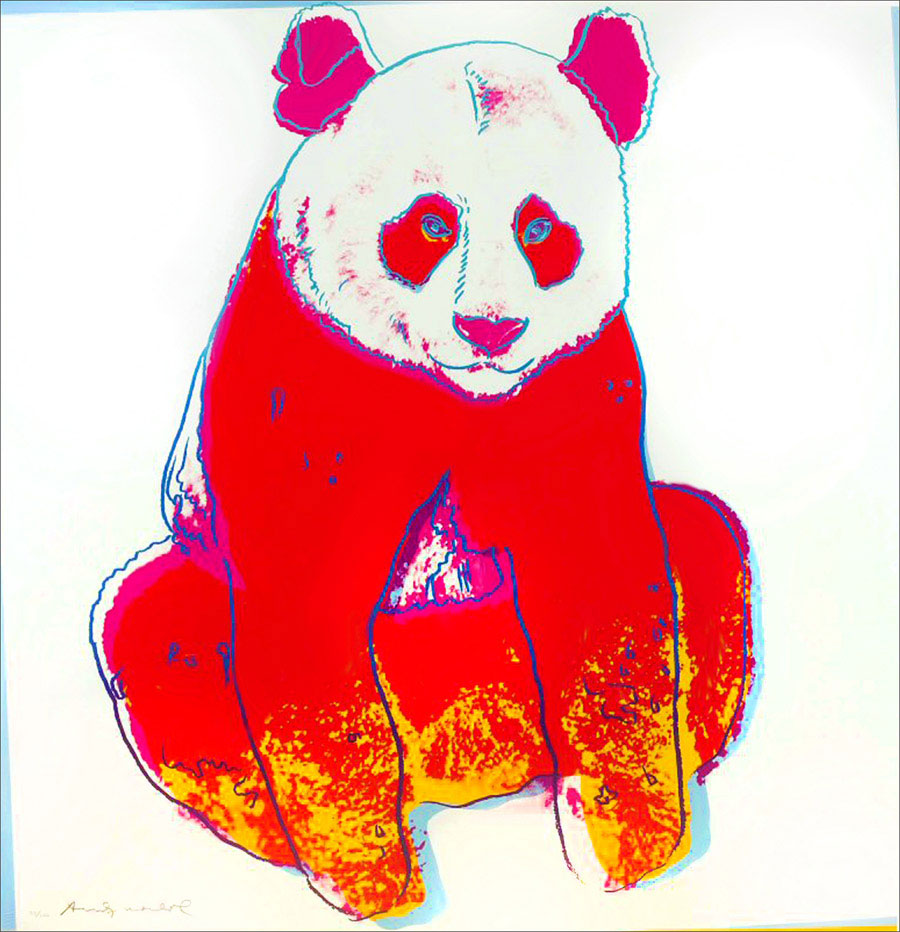

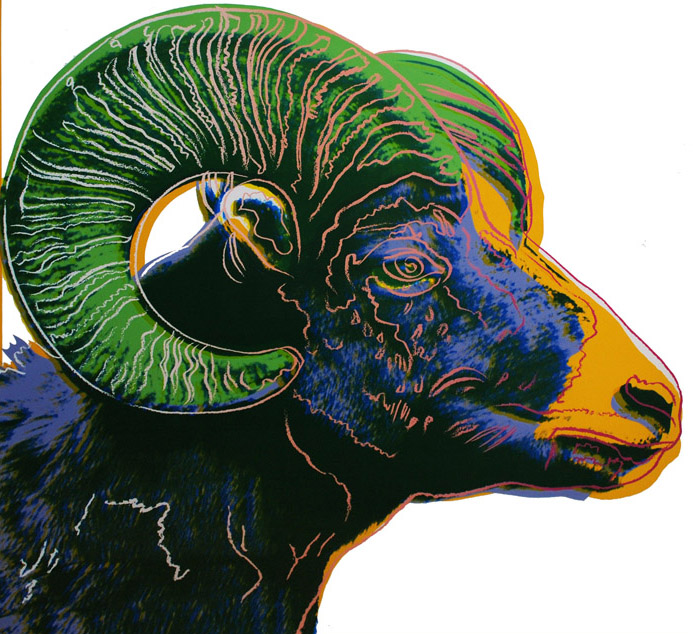
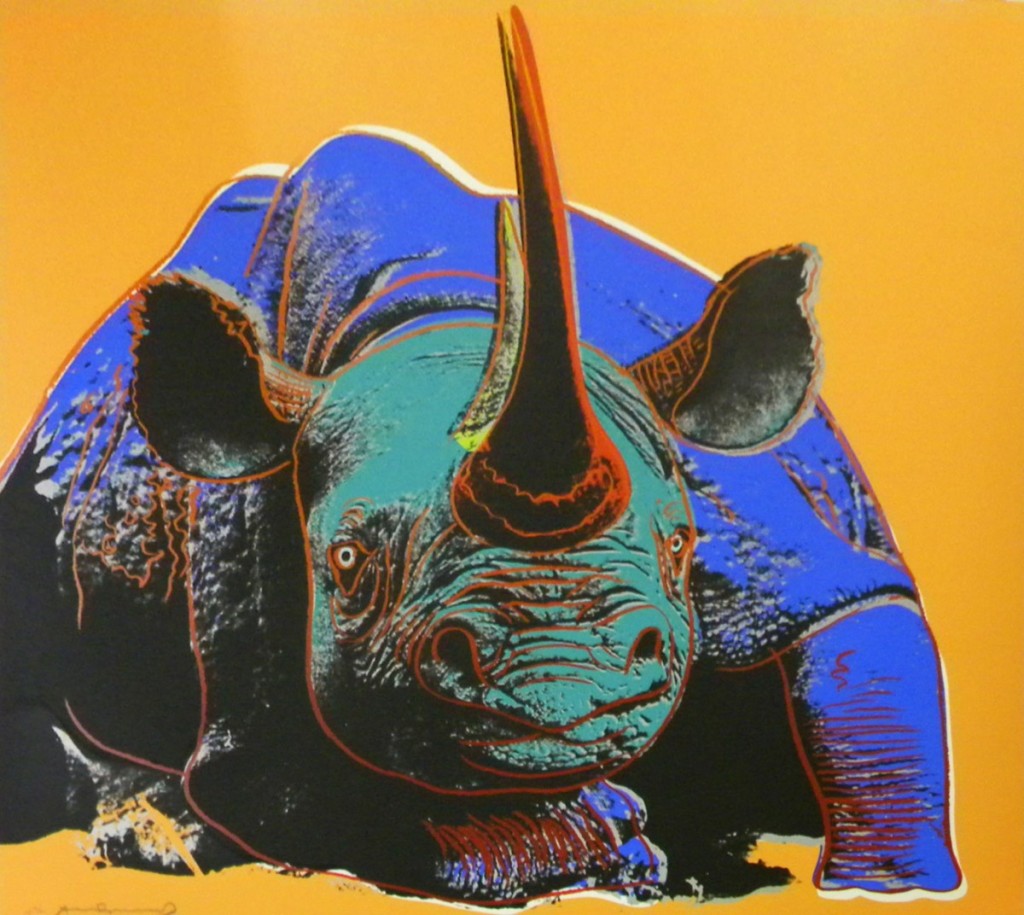
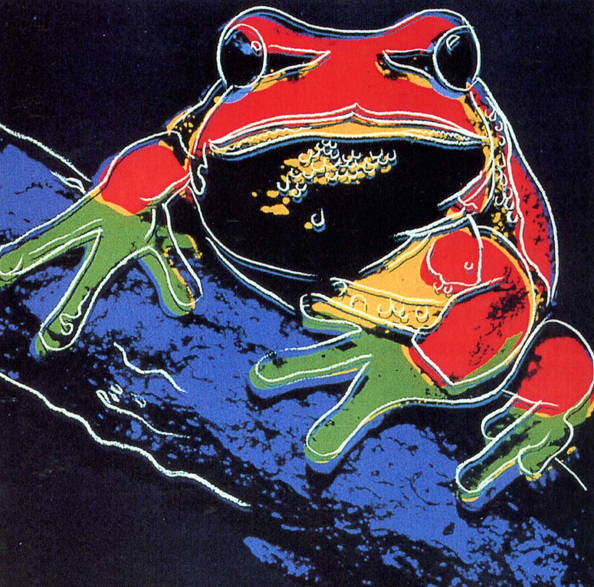
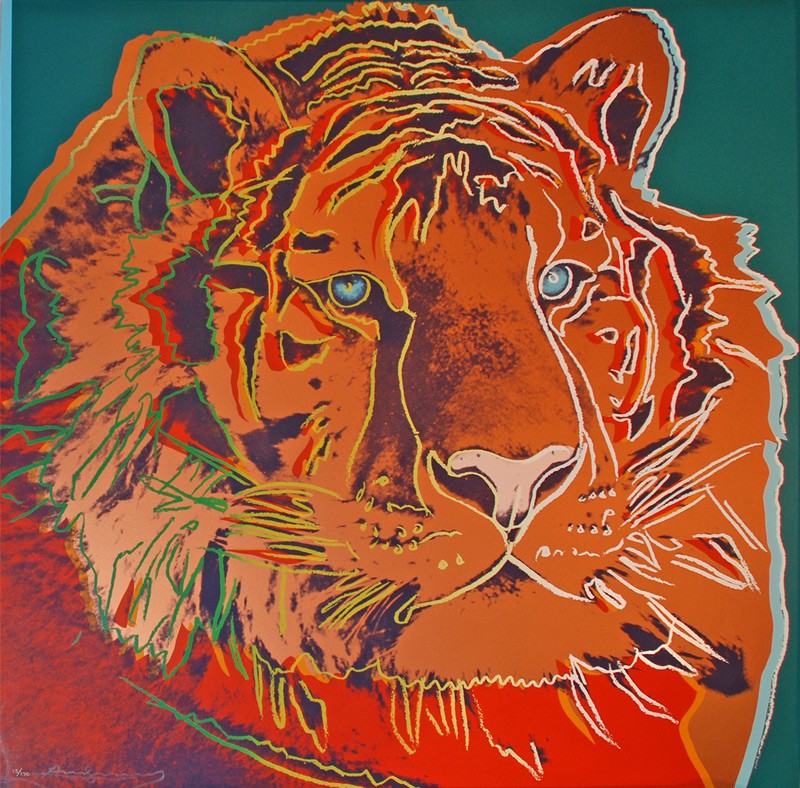
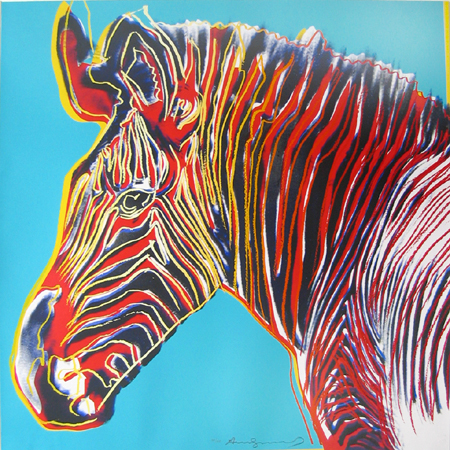
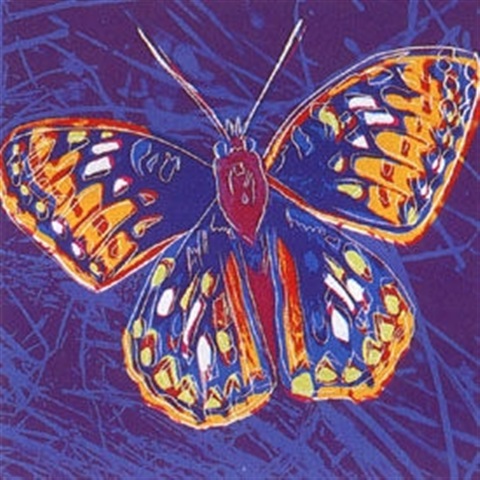
FOR MORE INFORMATION ON BUYING OR SELLING ANDY WARHOL’S ARTWORKS, CONTACT :
ROBIN RILE | FINE ART ph.(813)340-9629 email: info@robinrile.com
If curious, you can view the current endangered species list at: https://www.worldwildlife.org/species/directory?direction=desc&sort=extinction_status
